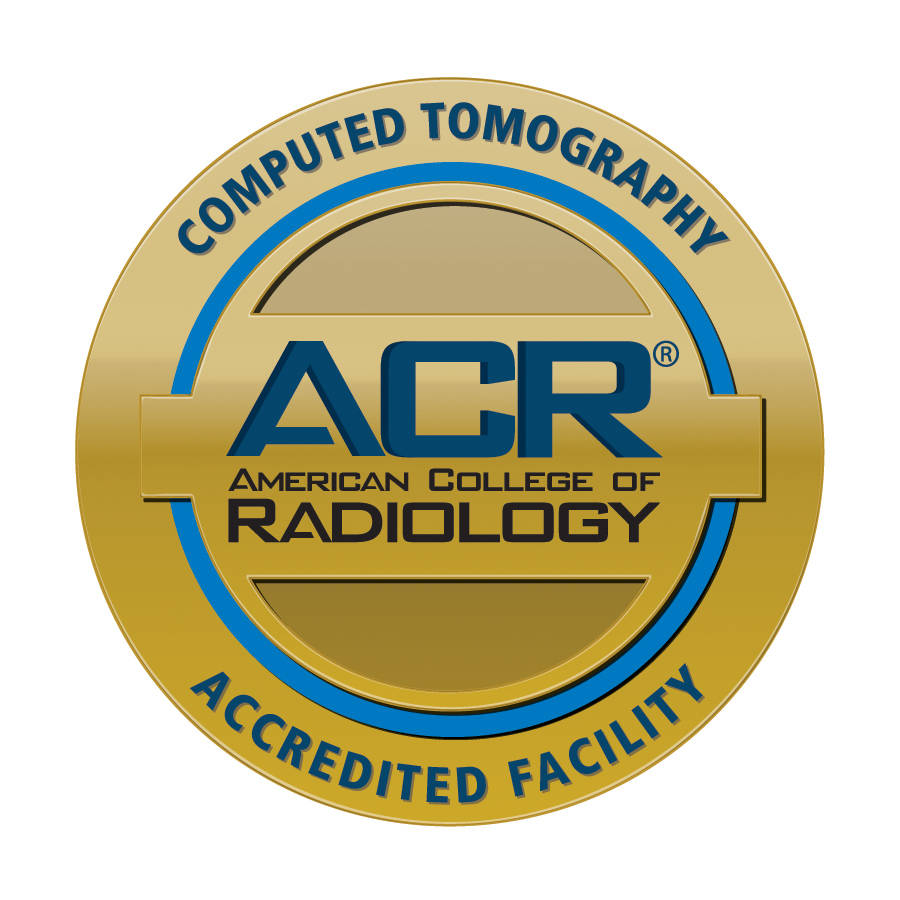In the realm of medical imaging, Computed Tomography (CT) scans have long been synonymous with diagnosing fractures and assessing traumatic injuries. However, the capabilities of this technology extend far beyond merely detecting broken bones. In recent years, CT scans have emerged as versatile tools in healthcare, revolutionizing various aspects of patient care, diagnosis, and treatment planning. From detecting hidden diseases to guiding intricate surgical procedures, CT scans have become indispensable in modern medicine, showcasing their unexpected uses and remarkable potential.
Traditionally, CT scans have been instrumental in swiftly identifying fractures and assessing the extent of skeletal injuries. With its ability to provide detailed cross-sectional images of bones and surrounding tissues, CT imaging offers unparalleled clarity, aiding healthcare professionals in making accurate diagnoses and determining appropriate treatment plans for patients with traumatic injuries. Beyond its conventional role in orthopedics, CT scans have proven invaluable in diagnosing a myriad of medical conditions across different specialties.
One of the most significant advancements facilitated by CT technology is the early detection of cancer. CT scans excel in detecting abnormalities within the body, including tumors and masses, often before symptoms manifest. By capturing detailed images of internal organs and tissues, CT scans enable clinicians to identify suspicious growths at their nascent stages, allowing for timely intervention and improved patient outcomes. Moreover, CT-guided biopsies have become a standard procedure for obtaining tissue samples with precision, aiding in definitive cancer diagnoses and treatment planning.
In the realm of cardiovascular medicine, CT angiography has emerged as a powerful tool for assessing the heart and blood vessels. By generating high-resolution images of the coronary arteries and cardiac structures, CT angiography enables cardiologists to evaluate the presence of arterial blockages, assess cardiac function, and diagnose conditions such as coronary artery disease and congenital heart abnormalities. This non-invasive imaging modality has revolutionized the diagnosis and management of cardiovascular disorders, offering a comprehensive evaluation of cardiac health without the need for invasive procedures.
Beyond diagnosis, CT scans play a pivotal role in guiding minimally invasive interventions and surgical procedures. With advancements in imaging technology and software, CT-guided interventions have become increasingly precise and efficient. From image-guided biopsies and drainage procedures to percutaneous tumor ablations, CT scans provide real-time visualization and navigation, allowing for targeted interventions with minimal tissue damage and improved patient outcomes. Additionally, pre-operative CT imaging facilitates meticulous surgical planning, enabling surgeons to anticipate anatomical variations and strategize complex procedures with greater accuracy.
In the realm of neurology and neurosurgery, CT scans are indispensable in the diagnosis and management of neurological disorders. CT imaging aids in identifying intracranial bleeds, assessing the extent of traumatic brain injuries, and detecting abnormalities such as tumors and vascular malformations. Moreover, CT perfusion imaging plays a crucial role in evaluating cerebral blood flow and identifying areas of ischemia, guiding timely interventions in patients with acute stroke. With rapid imaging protocols and advanced post-processing techniques, CT scans provide neurosurgeons with invaluable insights for navigating intricate brain surgeries and optimizing patient outcomes.
In addition to clinical applications, CT scans are increasingly utilized in research and medical education. The wealth of data obtained from CT imaging serves as a valuable resource for studying disease pathophysiology, conducting clinical trials, and developing innovative treatment modalities. Furthermore, medical students and healthcare professionals benefit from hands-on training with CT imaging, gaining proficiency in interpreting diagnostic images and understanding anatomical variations.
Despite its myriad benefits, the widespread use of CT scans raises concerns regarding radiation exposure and healthcare costs. Efforts to minimize radiation dose through dose optimization techniques and utilization of low-dose protocols are underway to ensure patient safety without compromising diagnostic accuracy. Moreover, advancements in technology and increasing accessibility to CT imaging have led to cost-effective solutions, making this invaluable tool more accessible to patients worldwide.
Connect with us to learn more about how the AV Imaging team can help!

